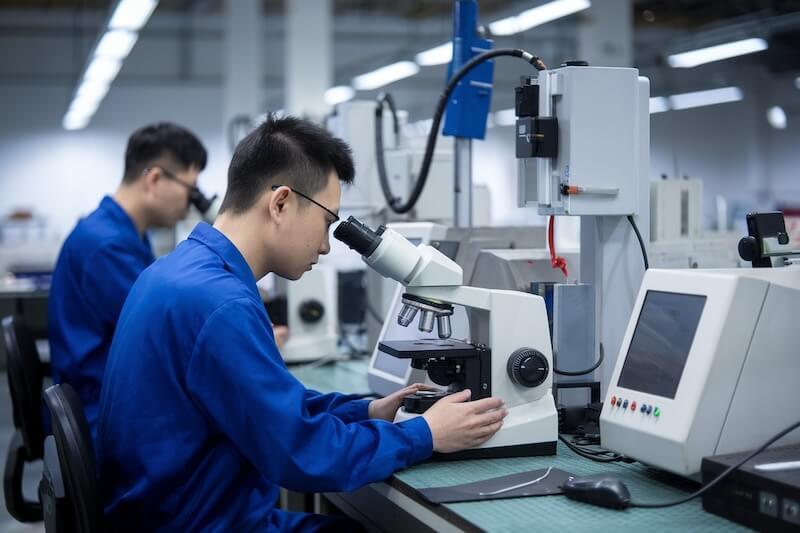Introduction
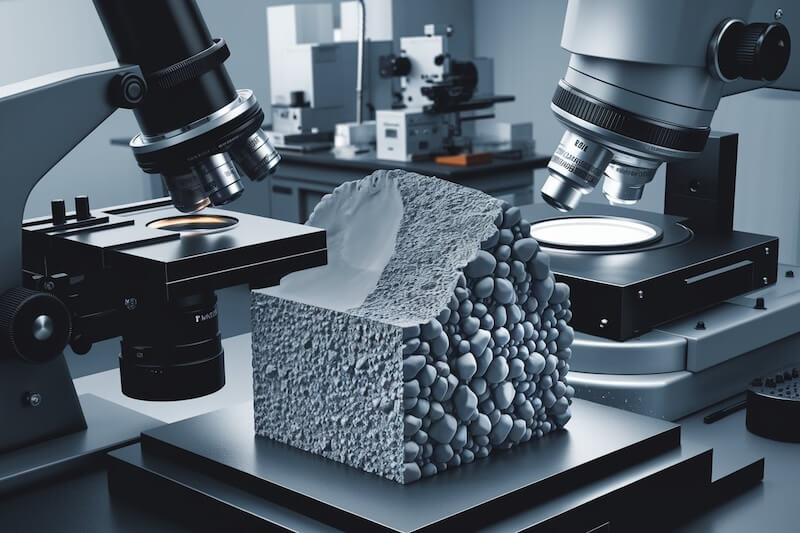
In the high-performance world of materials science, metallography plays a pivotal role in understanding and optimizing the properties of metals and alloys. Specifically, in the tungsten carbide (WC) industry, metallography is essential for ensuring that products meet the stringent demands of various industrial applications. Tungsten carbide is renowned for its exceptional hardness, wear resistance, and high melting point, making it indispensable in sectors such as mining, aerospace, manufacturing, and automotive industries. This article delves into the concept of metallography, its significance in the tungsten carbide industry, the techniques employed, and how it influences the quality and performance of tungsten carbide products.
What is Metallography?
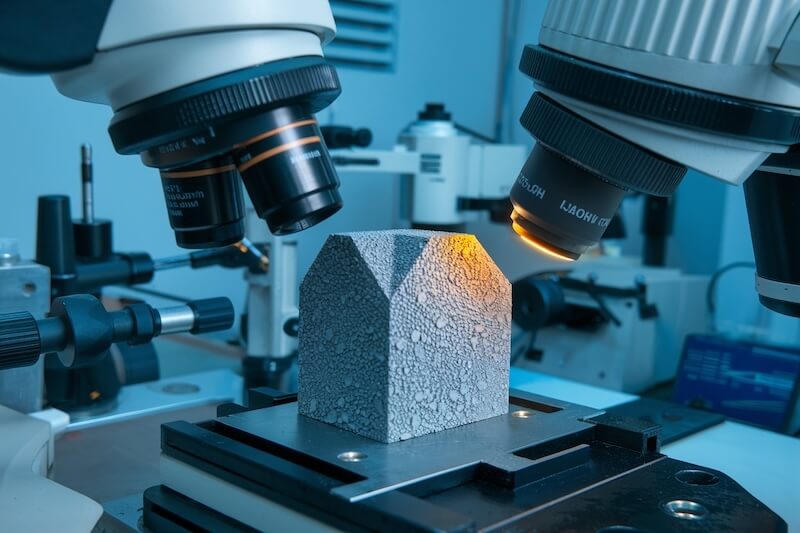
Metallography is the scientific study of the microstructure of metals and alloys. It involves the examination of the grain structure, phases, inclusions, and other microscopic features that determine a material’s mechanical and physical properties. By preparing and analyzing samples under microscopes, metallographers can reveal critical information about a material’s composition, processing history, and performance characteristics.
In the context of tungsten carbide, metallography is used to assess the quality of WC powders, the effectiveness of binder materials, the uniformity of grain distribution, and the presence of any defects or impurities that could affect the material’s performance in real-world applications.
Importance of Metallography in the Tungsten Carbide Industry
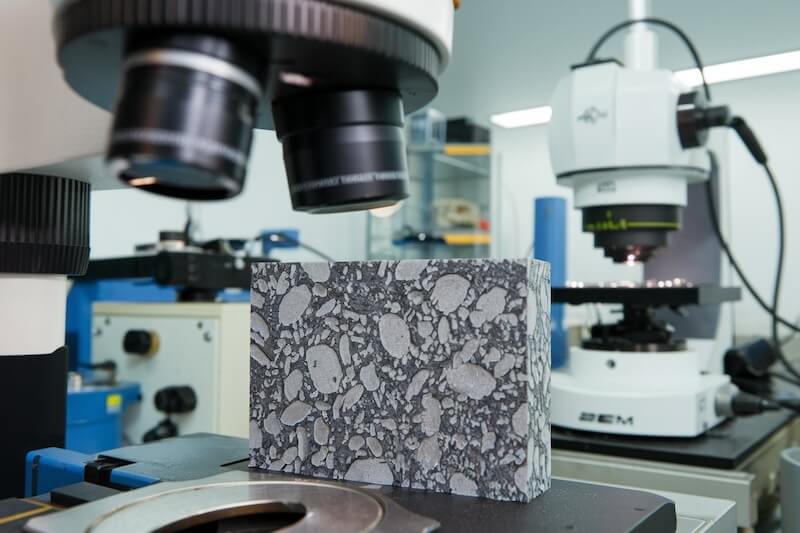
Metallography is indispensable in the tungsten carbide industry for several reasons:
Quality Control
Ensuring that tungsten carbide components meet strict quality standards is paramount. Metallography allows manufacturers to detect defects such as porosity, inclusions, and uneven grain sizes that can compromise the material’s integrity and performance.
Process Optimization
By analyzing the microstructure, manufacturers can fine-tune production processes like sintering temperature, pressure, and binder composition. This optimization leads to improved material properties tailored to specific applications.
Failure Analysis
When tungsten carbide components fail prematurely, metallographic analysis helps identify the root causes, such as improper grain bonding or excessive porosity. Understanding these factors prevents future failures and enhances product reliability.
Research and Development
Metallography supports the development of new tungsten carbide formulations and composites. By studying how different alloying elements and processing conditions affect the microstructure, researchers can innovate and improve material performance.
Metallographic Techniques in Tungsten Carbide Analysis
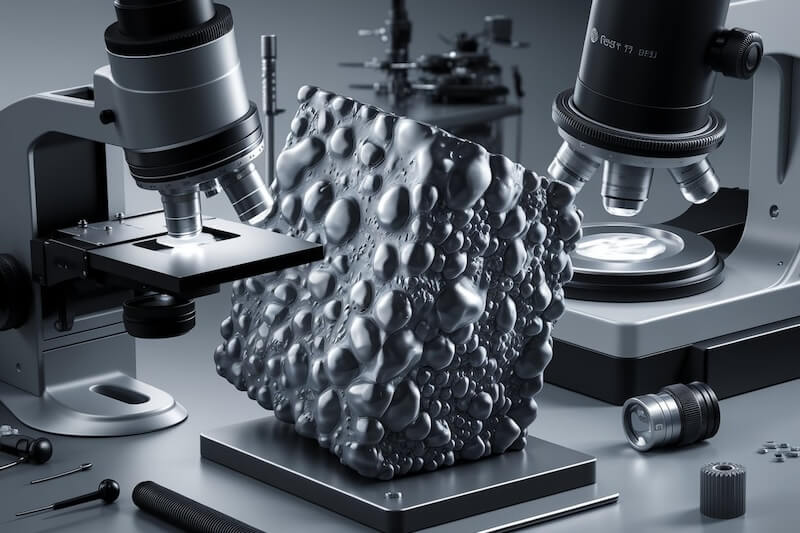
Several metallographic techniques are employed to analyze tungsten carbide, each providing unique insights into the material’s microstructure:
Sample Preparation
Cutting: Samples are carefully cut from the tungsten carbide component using diamond saws to avoid introducing cracks or contamination.
Mounting: The cut samples are mounted in a resin to stabilize them during polishing.
Polishing: The mounted samples undergo a series of polishing steps with progressively finer abrasives to achieve a mirror-like surface.
Etching: Chemical etchants are applied to reveal grain boundaries, phases, and other microstructural features.
Optical Microscopy
Utilizes visible light and lenses to magnify the microstructure.
Ideal for observing larger features like grain size, phase distribution, and overall surface quality.
Provides a quick and cost-effective method for initial assessments.
Scanning Electron Microscopy (SEM)
Uses focused electron beams to produce high-resolution images of the microstructure.
Capable of magnifications up to several million times, revealing fine details such as surface topography, porosity, and individual grain boundaries.
Often coupled with Energy-Dispersive X-ray Spectroscopy (EDS) for elemental analysis.
Transmission Electron Microscopy (TEM)
Offers atomic-scale resolution, allowing for detailed examination of the arrangement of atoms within tungsten carbide.
Used primarily for advanced research and to investigate fine-scale defects and phase transformations.
X-ray Diffraction (XRD)
Analyzes the crystalline structure and phase composition of tungsten carbide.
Provides information on crystallinity, phase identification, and residual stresses within the material.
Microhardness Testing
Measures the hardness of individual grains and binder phases within tungsten carbide.
Helps correlate grain size and composition with mechanical properties.
Influence of Metallography on Tungsten Carbide Properties
The insights gained from metallographic analysis directly influence the properties and performance of tungsten carbide:
Grain Size
Smaller, more uniform grains generally enhance hardness and wear resistance.
Controlled grain size improves the material’s ability to resist deformation and maintain sharp cutting edges.
Binder Distribution
Uniform distribution of the binder phase (typically cobalt or nickel) ensures consistent toughness and impact resistance.
Clustering of binder particles can lead to weak points and reduce overall material performance.
Porosity
Low porosity is critical for maximizing strength and minimizing wear.
Metallography helps identify and reduce porosity during production, enhancing the durability of tungsten carbide components.
Phase Composition
The presence of secondary phases or impurities can affect the material’s mechanical properties and corrosion resistance.
Accurate phase identification through metallography ensures the correct formulation and processing of tungsten carbide.
Surface Integrity
A defect-free surface is essential for applications involving high precision and wear.
Metallographic analysis ensures that the surface quality meets the required specifications for optimal performance.
Applications of Metallography in the Tungsten Carbide Industry
Metallography supports various stages of tungsten carbide production and application:
Tool Manufacturing
Ensures cutting tools have the necessary hardness and wear resistance for efficient machining.
Verifies the uniformity of the microstructure to maintain precision and longevity of tools.
Wear Parts Production
Enhances the durability of wear parts used in mining, drilling, and industrial machinery.
Identifies and mitigates potential failure points through detailed microstructural analysis.
Quality Assurance
Incorporates metallographic inspections as part of the quality control process to maintain high standards.
Uses metallography to certify that tungsten carbide products meet industry specifications and performance criteria.
Research and Development
Facilitates the development of new tungsten carbide grades with improved properties.
Enables experimentation with different alloying elements and processing techniques to achieve desired microstructures.
Conclusion
Metallography is an indispensable tool in the tungsten carbide industry, providing critical insights into the microstructure that determine the material’s performance and reliability.
By employing advanced metallographic techniques, manufacturers can ensure high-quality tungsten carbide products tailored to meet the rigorous demands of various industrial applications. From optimizing grain size and binder distribution to minimizing porosity and ensuring phase purity, metallography enables the production of superior tungsten carbide components that deliver exceptional hardness, wear resistance, and durability. As the industry continues to evolve, the role of metallography in advancing tungsten carbide technology remains pivotal in driving innovation and maintaining competitive excellence.

